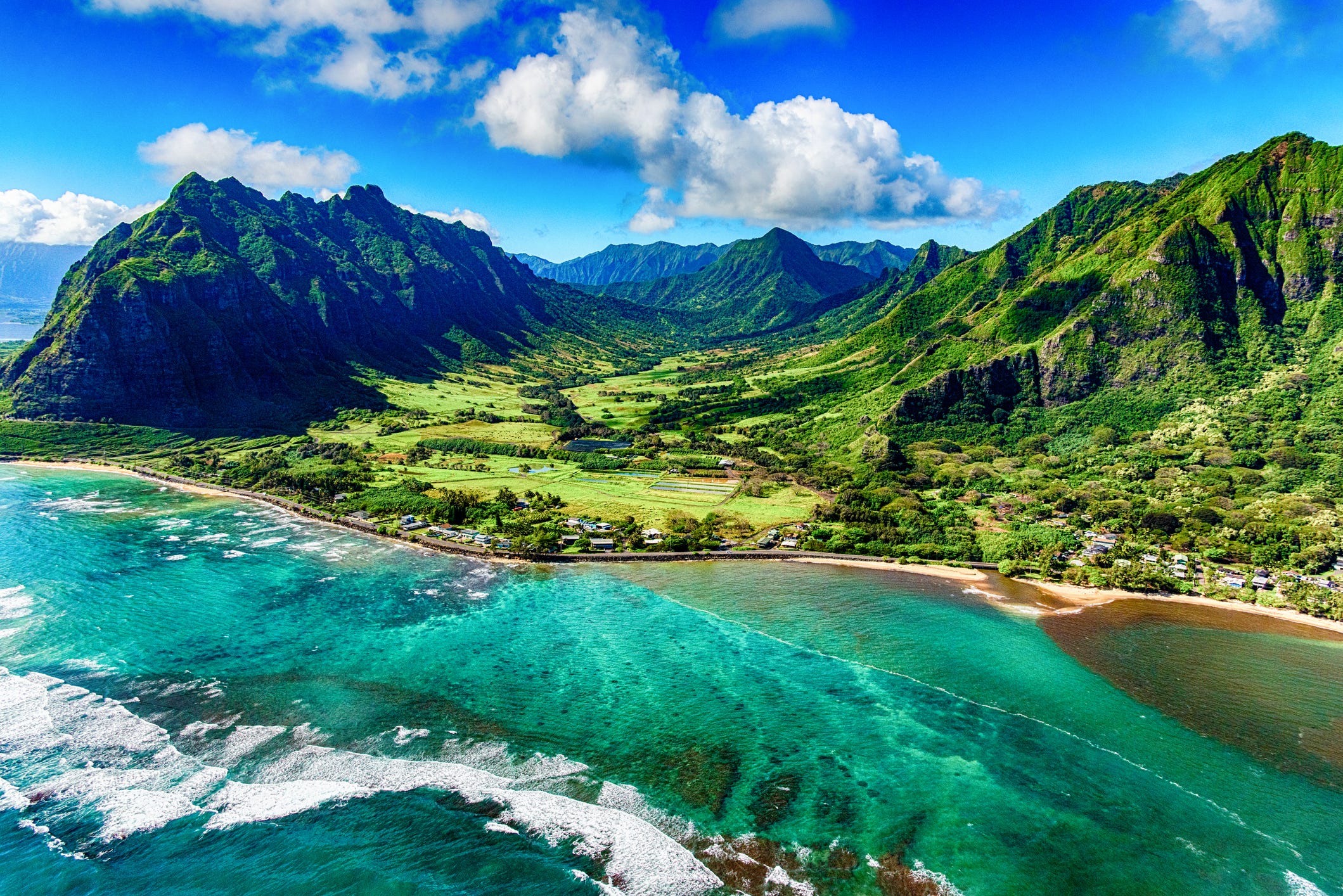This popular snorkeling spot on Maui has been 'overused' from tourists, scientists warn
| USA TODAY

10 must-visit attractions in Hawaii
Now that Southwest Airlines is flying to Hawaii, here are 10 attractions you won't want to miss.
10Best Editors, USA TODAY 10Best
Spanning only 18 acres and situated right off of Maui's southwestern shores and teeming with marine wildlife, Molokini Island is often regarded as one of the world's most popular snorkeling and diving spots. A new study found that the high amount of visitors has left the tiny, crescent-shaped island "overused," and additional management is needed to protect it.
Over 40,000 tourists visited Molokini in 2019 for ocean excursions. When the pandemic shut down tourism to Hawaii in Spring of 2020, the island got some reprieve. However, a 2011 survey of 712 people taking diving and snorkeling trips to Molokini, 67% said the island felt crowded.
"The COVID-related tourism freeze provided a unique natural experiment to measure the effects of decreased tourism on fish behavior in a high-use, no-take marine protected area," said Kevin Weng of William & Mary’s Virginia Institute of Marine Science and lead author of the study in a statement.
Sustainable Hawaii tourism: What it's like to stay at Kauai's first zero-waste hotel
Listen up, tourists: Hawaii locals share what they wish visitors would stop doing
Environmental impact
Over 250 species of tropical fish call Molokini's reefs home. "Molokini is being overused, and that management is needed to improve not only ecosystem health but the visitor experience,” Russell Sparks, Hawaii's State Department of Land and Natural Resources, said.
Between March 2020 and May 2021, researchers did five SCUBA surveys in the waters around Molokini to record "the species, abundance, size and location of predatory and herbivorous fishes within Molokini’s submerged crater," a statement said.
Researchers also looked at data about human presence by looking at log books from the 40 charter boat companies that conduct tour excursions around Molokini. They found that fish species and large predators that were displaced by the high amount of humans moved back to Molokini within months.
Displacement of these creatures is concerning because it affects their spawning and "sends ripples throughout the local food web," which can stress the entire ecosystem.
Human presence can alter the ecosyst
Since 1979, Molokini has been a "no-take" marine protected area and many tour operators work closely with the state to protect the reef.
Hanauma Bay on Oahu, another marine protected area in Hawaii, saw increased fish, clearer water and more coral growth within months when it closed to visitors during COVID. A reservation system now limits the number of visitors to the bay.
By June 2021, visitor numbers to Molokini returned to pre-pandemic levels, according to the study.
"Our research demonstrates that human presence alone can alter the community structure and possibly the functioning of an ecosystem," Weng said in a statement. "This means we can improve how tourism is configured in Hawaii and around the world to reduce the impacts of human presence."
Kathleen Wong is a travel reporter for USA TODAY based in Hawaii. You can reach her at This email address is being protected from spambots. You need JavaScript enabled to view it.
Related Posts
By accepting you will be accessing a service provided by a third-party external to https://oc3anclub.com/

